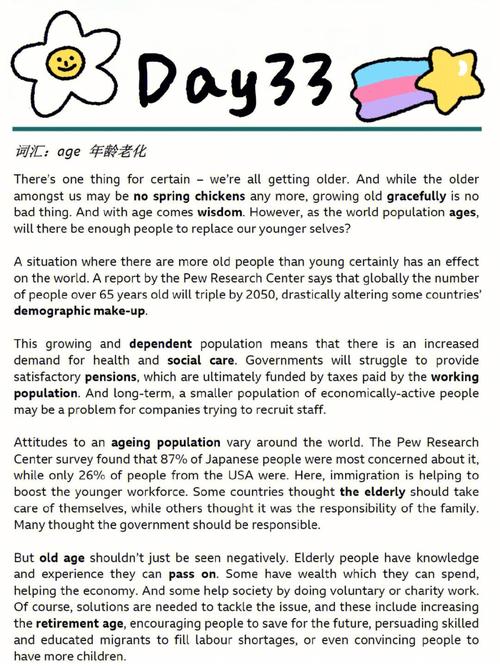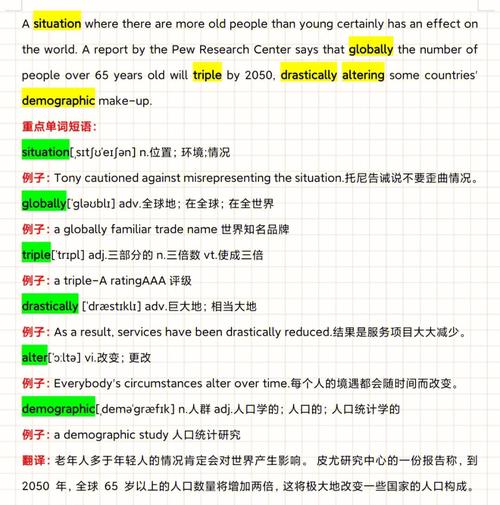
Understanding the Demographic that Suffers from Healthcare the Most
Healthcare disparities are a significant concern across the globe, with certain demographics facing more challenges than others. One such demographic is the one that suffers from healthcare the most. This article delves into the various aspects that contribute to this issue, providing a comprehensive overview of the factors at play.
Age and Chronic Conditions
One of the most vulnerable groups in terms of healthcare is the elderly. As people age, they are more likely to develop chronic conditions such as diabetes, heart disease, and arthritis. These conditions often require ongoing medical care, which can be difficult to access for those with limited resources. According to the Centers for Disease Control and Prevention (CDC), approximately 60% of adults aged 65 and older have at least two chronic health conditions, and 25% have five or more.

Economic Factors
Economic status plays a crucial role in determining access to healthcare. Individuals from lower-income households often struggle to afford medical treatments, medications, and insurance premiums. The Kaiser Family Foundation reports that in 2020, 8.5% of Americans were uninsured, with a higher percentage among lower-income individuals. This lack of insurance can lead to delayed or skipped treatments, exacerbating health issues.
Racial and Ethnic Disparities
Racial and ethnic minorities also face significant healthcare disparities. According to the National Center for Health Statistics, Black and Hispanic individuals are more likely to experience poor health outcomes compared to their white counterparts. This can be attributed to a variety of factors, including socioeconomic status, access to healthcare, and disparities in the quality of care.
Geographical Barriers
Geographical barriers can also contribute to healthcare disparities. Individuals living in rural areas often have limited access to healthcare facilities and specialists. The U.S. Department of Health and Human Services reports that nearly 20% of the U.S. population lives in rural areas, and these individuals are more likely to experience healthcare disparities.
Gender and Mental Health
Gender also plays a role in healthcare disparities. Women are more likely to experience mental health issues, such as depression and anxiety, and are less likely to receive appropriate treatment. According to the National Alliance on Mental Illness, only 41% of women with a mental health condition receive treatment. Additionally, women are more likely to experience chronic pain, which can lead to increased healthcare utilization.

Table: Healthcare Disparities by Demographic
| Demographic | Healthcare Disparities |
|---|---|
| Age | Increased risk of chronic conditions, limited access to care |
| Economic Status | Limited access to healthcare, higher rates of uninsurance |
| Racial and Ethnic Background | Poorer health outcomes, disparities in quality of care |
| Geographical Location | Limited access to healthcare facilities, specialists |
| Gender | Increased risk of mental health issues, disparities in treatment |
Addressing Healthcare Disparities
Addressing healthcare disparities requires a multifaceted approach. This includes increasing access to healthcare facilities, improving the quality of care, and implementing policies that promote health equity. Some strategies to consider include:
- Expanding Medicaid eligibility to cover more low-income individuals
- Increasing funding for community health centers in rural areas
- Implementing culturally competent care to address the needs of diverse populations
- Training healthcare professionals to provide care that is sensitive to gender and cultural factors
In conclusion, the demographic that suffers from healthcare the most encompasses various factors, including age, economic status, racial and ethnic background, geographical location, and gender. By addressing these disparities, we can work towards a more equitable healthcare system for all individuals.




